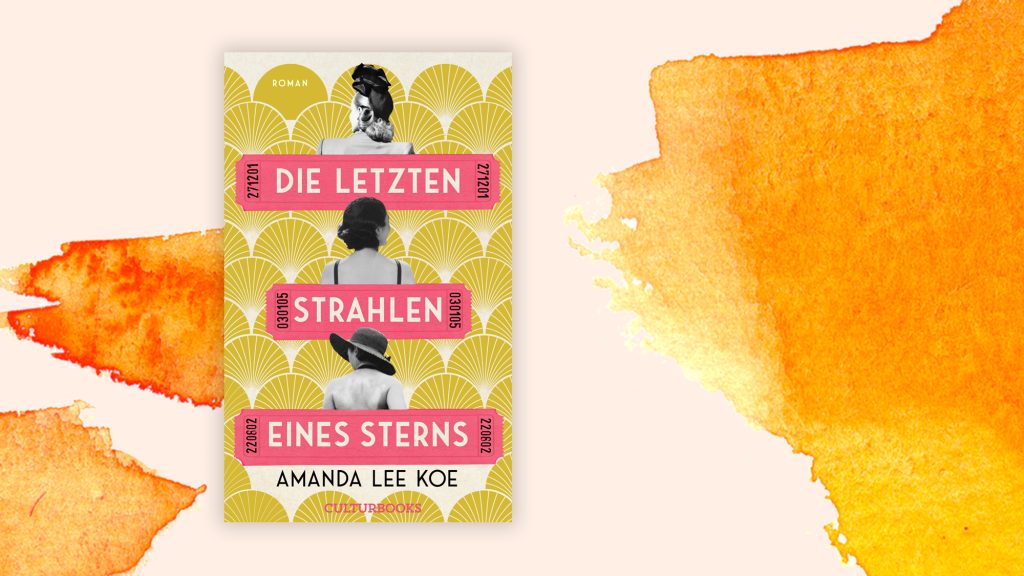In 1928, Alfred Eisenstadt photographed three actresses in Berlin: the then-unidentified Marlene Dietrich, the Chinese-American Anna Mae Wong and Lenny Riefenstahl. This image is the starting point for Amanda Lee Coe’s first multi-layered novelAnd It traces the lives of three women in a complex and compelling montage of fact and fiction.
Joy meets reality
This book is divided into three chapters. The individual chapters remind us of the film’s changed roles and each tells about the life of a woman at a particular time. For this, Dietrich Wong and Riefenstahl encounter different historical and fictional characters.
Elderly Marlene Dietrich is cared for in her Paris apartment by young Chinese Bibi. She works as cheap labor, and like the young Marlene Dietrich she dreamed of a different life.
Leni Riefenstahl meets lighting technician Hans during filming. He knows he has to keep that job so he doesn’t have to go to the front again.
Meanwhile, Anna Mae and Wong meet Walter Benjamin, who realizes that he often uses cliched words to describe her and their encounter.
Western exotic
The encounters show that the three women have different scopes of work – because of their origin, status, position in society, and prominence at different times. It also shows the extent to which discrimination and exploitation persist.
Bibi will meet a young man who is discriminated against and hostile in West Germany in 1988 because his mother is Turkish. Like Anna Mae Wong in Hollywood, he was made to understand at university that he didn’t belong to it because of his background.
Anna Mae Wong is the most interesting character in this novel. Despite her acting talent, she landed supporting roles in Hollywood because she looked either “too Chinese” or “not Chinese enough”.
Putting her on a par with Marlene Dietrich and Lenny Riefenstahl, Amanda Lee Cowie draws attention to inequality, also from the point of view of readers: the fact that Dietrich and Riefenstahl are better known not least because of actual racism in Hollywood and in film history.
Facts about reasonable fiction
But Amanda Lee Koe goes one step further in fantasy. When Anna Mae Wong first traveled to China, she was turned down because in her films she catered to Western and alien Hollywood fantasies of Chinese people.
Shocked by this claim, Wong saw herself as a victim rather than an accomplice. Can you blame Hattie McDaniel for always playing the maids? she wonders, referring to the first black actress to win an Academy Award – for her role in Gone With the Wind.
“The Last Rays of a Star” is an overwhelming book with many reading possibilities. It’s packed with episodes featuring legendary characters with enough facts to make your fantasy believable. In Marlene Dietrich’s legendary swan coat, Pepe sets off on a journey that will end in a killer, but which will also give her happy moments.
There are also clever observations about the connections between the sexes, a race and class and complex questions about (partial) guilt and the commission of crimes. Impressive appearance.

“Explorer. Communicator. Music geek. Web buff. Social media nerd. Food fanatic.”







More Stories
A fossilized creature may explain a puzzling drawing on a rock wall.
MrBeast Sued Over ‘Unsafe Environment’ on Upcoming Amazon Reality Show | US TV
Watch comets Lemmon and SWAN approach Earth today